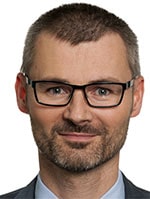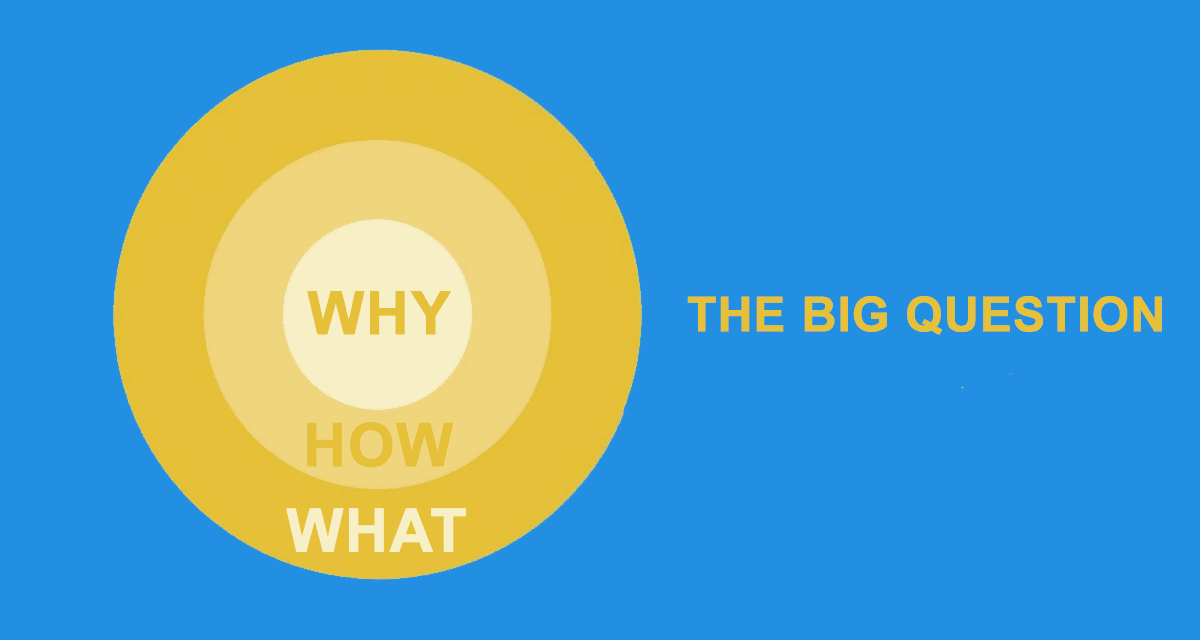The “why” in requirements engineering
Simon Sinek calls for “Start with Why” when it comes to leadership. Can this demand be transferred to the requirements engineering of companies?
It has happened in the music industry and in the film business. It happens in the automotive industry, in passenger transport and in the food industry. Many areas and industries have to deal with disruptions that change markets, make them disappear or create new ones. In the past, music was listened to via record player, cassette recorder, walkman, discman or MP3 player. Today, most people own records and CDs only for sentimental reasons, because the possession of sound carriers is no longer important for listening to music. Today, music is streamed via flat rate.
Times change. So do needs and technical possibilities. Recognising different scenarios, opportunities and markets is a very important task for manufacturers and service providers in the process of requirements engineering. But how can companies capture these scenarios in the first place and which fundamental questions help in understanding the needs of future users and customers?
The Golden Circle transferred to requirements engineering
There are various methods for answering questions about the needs of future users and customers. The Kano Model, for example, describes the connection between customer satisfaction and the fulfilment of customer requirements by defining five product characteristics to which users react differently. The MoSCoW Method is a procedure for weighting requirements, goals or activities that defines four categories (Must, Should, Could and Won’t). And the Pugh Matrix is a decision support tool for evaluating competing concepts against a base concept. It is based on a set of defined, weighted criteria, the evaluation of alternatives in comparison to a basic solution, the multiplication of the evaluations by the respective weights and the subsequent addition of the weighted evaluations.
The Golden Circle by Simon Sinek, a British author, journalist and management consultant, is not a concept that immediately imposes itself on the topic of requirements. This is certainly also due to the clear positioning of the topic: “Start with Why: How great Leaders inspire everyone to take action”¹ is the title of the book with which Sinek brings “What”, “How” and “Why” and thus the so-called Golden Circle into the focus of managers. Can this Golden Circle still be used in requirements engineering? In my opinion: Yes,
because most companies know very well “what” they do. They develop cars, produce skateboards or develop mobility concepts for residents in large German cities.
The “How” is also known in the companies. They define processes, change production techniques and use modern tools.
When it comes to the “what” and “how”, organisations have a lot of expertise; this is where efficiency goals are defined, unique selling propositions are worked out and value propositions are defined. Sales, marketing and product or service development work hand in hand here.
And what about the “Why”?
The importance of “why”
“Why” is a relatively important question for companies. Internally and possibly also externally.
Anyone who seriously asks the question of “why” will quickly realise that it is not easy to answer. Why does a company develop cars? What is the motive and drive behind this activity? Often, despite existing vision and mission statements, the contact persons from management, marketing or product development find it difficult to really answer this question precisely and unambiguously.
And “why” is that? Because the question of “why” is the biggest question of all. Both for people and for organisations. Possibly the answer is even a little more difficult for organisations, because an organisation is often made up of many people. Presumably most people know “why” they work, whether it is to
- paying bills by getting paid for the time they put in,
- working together with like-minded people,
- improving the world in some small way, or
- creating new opportunities, products or services.
For an organisation, however, this very rarely results in an answer to the question of its “why”.
When companies deal with the “why”, it is often from the outside in. They know their “what” and deal with the “how” in detail and then try to deduce “why” they actually build cars or produce record players. According to Simon Sinek, however, the opposite direction is advantageous and desirable: “how” and “what” result from the “why”. Whether this really works, especially for larger or older companies, especially since the “why” can also change over time, is perhaps another matter.
The “why” in the elicitation and realisation of requirements
Do you know companies that have disappeared from the market, either completely or in part, despite excellent products or services? You can probably think of Kodak, Quelle, Nokia, Grundig, Horten, Praktiker, Commodore, Maybach, Hamburg-Mannheimer, Yes Torty, Zuendapp, Fokker or Bilka and many others. This is not surprising, because companies are in competition and success in the past is no guarantee of success in the present or the future. Markets and habits change so dramatically in places that many companies had little chance of survival.
Stop! In fact, this is where the Golden Circle comes in.
- Music lovers want to listen to music, not own it.
- People want to get from A to B comfortably, quickly and safely – do they have to buy a car for that?
- Holidaymakers want to find a nice holiday home – do they need a travel agency for that?
- People need groceries – why should they buy them personally in a supermarket?
Companies sometimes have a hard time with this change of perspective. They optimise processes, components and products that were important for their success, i.e. the “what” and the “how”.
- How can a Walkman wind the cassette forward even faster?
- How can the flow of visitors in a supermarket be better controlled?
- What are the best opening hours for a video store?
However, users, customers change their habits, demands and expectations. And if YOU think about your habits, demands and expectations for a moment, you will probably think of changed expectations.
In my perception, many manufacturers too rarely deal in detail with their customers and possible scenarios of an application. It is not enough to just elicit requirements in the existing context and think about implementing basic and performance factors. The big “why” is the question, THE BIG QUESTION. It is no longer just about a short-term and short-sighted understanding of you and of customers or users in general. Questioned and answered holistically, the “Why” opens up new insights, new perspectives and new opportunities for manufacturers and service providers.
Conclusion
From my perspective, it not only makes a lot of sense to look at Simon Sinek’s Golden Circle when working with requirements, it is essential. “Why” do we as a company do what we do? Will we still be doing it tomorrow? And the day after tomorrow? In five, seven or ten years?
In day-to-day business, it may be difficult to always keep an eye on the future. A business idea often cannot be implemented quick & dirty, but with techniques like pretotyping or minimum viable products, companies can at least test ideas and products at an early stage and focus on the users of the target group. Companies thus gain many useful insights and can not only optimise existing products more quickly and efficiently. They get the chance to position themselves for the future, even to shape it themselves. And all this by answering the question of “why”.
Notes:
[1] Simon Sinek: Start with Why
[2] The “why” works both internally and externally. For some customers it is important in the course of a purchase decision, but other customers don’t care. The same applies internally: For employees, the “why” can make the “what” and “how” easier, but that doesn’t have to be the case either. (Thanks to Dr. Juergen Schueppel for this thought!)
Heiko Roessel has described a different approach in our blog: In Positioning for the self-employed people he calls for: Start with What! Definitely worth reading!
If you like the article or want to discuss it, feel free to share it in your network.
Everything you need to know about requirements engineering on 35 pages now available for download.
Michael Schenkel has published additional posts in the t2informatik Blog, including

Michael Schenkel
Head of Marketing, t2informatik GmbH
Michael Schenkel has a heart for marketing - so it is fitting that he is responsible for marketing at t2informatik. He likes to blog, likes a change of perspective and tries to offer useful information - e.g. here in the blog - at a time when there is a lot of talk about people's decreasing attention span. If you feel like it, arrange to meet him for a coffee and a piece of cake; he will certainly look forward to it!



